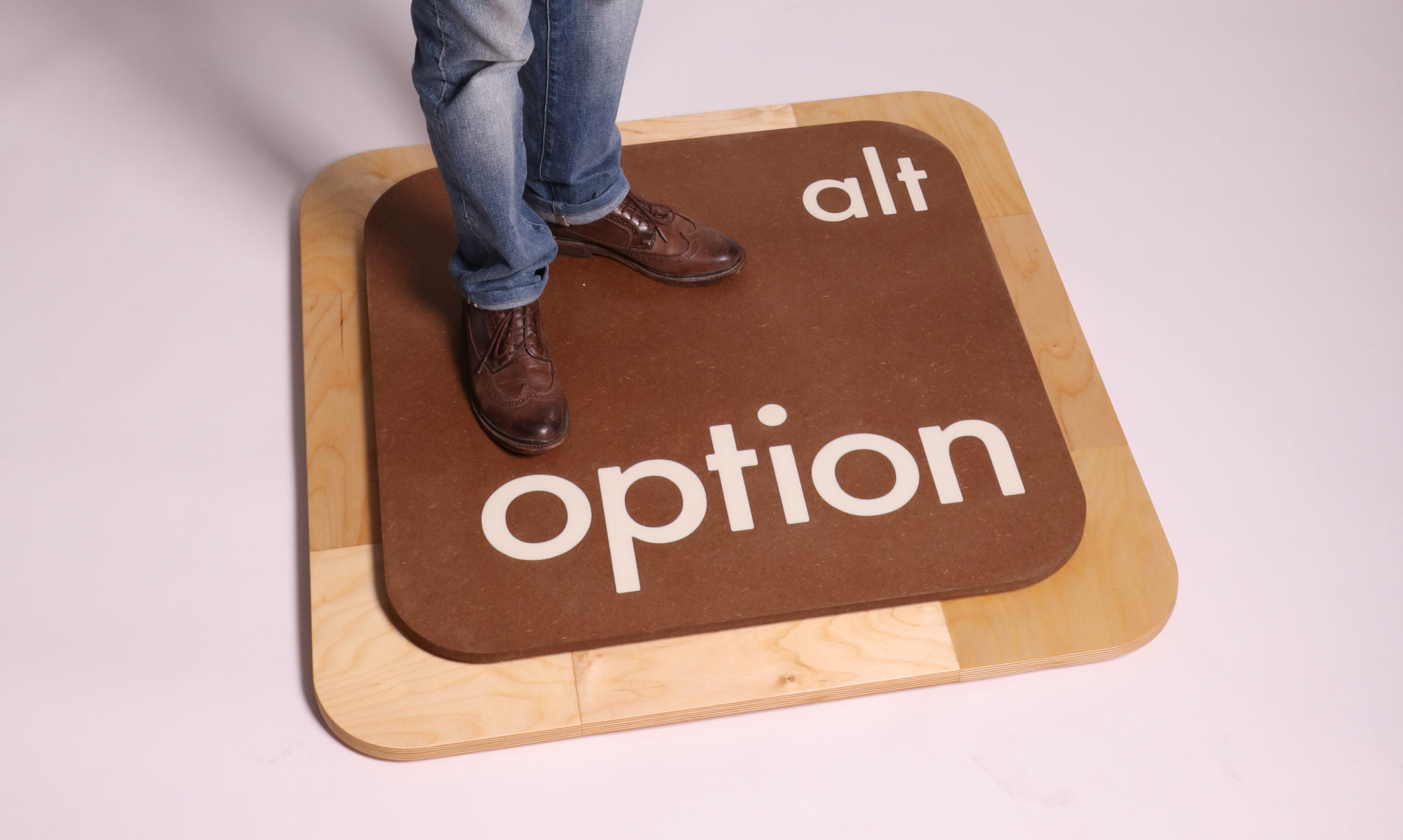Art School is a card game where players must collaborate to create a piece of art that fulfills a specific category. However, the difficult part is that only one player knows the category, for example, “Mythical Beast” and the player who knows the category can only give one-word hints. The drawing must be done in a quick passing style, with the player who knows the category only getting 10 seconds to draw, as the round progresses, each player gets 10 more seconds added until 3 minutes is up. After the time is up, players must write on a separate paper what they think the category was, and the closet gets a point.
The Journey is a tile-placing game in which the players will randomly select a role in which they must work together to escape an area (the tiles) think escape room, but it is super small, and each player has a different skill and ability, like players who pull a ‘water’ role card can move things on the tile that are blue. The tiles are around 1’x1’ and have a multitude of random obstacles that limit players from passing through and only certain players can move certain things. This game is meant to go off the saying “It’s not about the journey, it’s about the friends we made along the way”
Convince Me! Is a card game where players must collaborate to convince the “Founder” player to fund their creation. The players who are the “Makers” are given a spread of 10 cards face down that all have bizarre pictures of creations on them, the creations are machines or products that aren’t real, and the cards contain 3 things that the creation can do, players who are “makers” must pick ONE card and ONE of the purposes of their creation and convince the “Founder” The players who are the “Makers” must agree on one of the cards to pick, and can ‘reselect’ their creation based on voting in the group. The collaborative part begins when players must agree to the different prospects of their creation, and they must agree on when the price for their creation is fair.
Stow Away is a fast-paced card game where players are split into two teams, the stowaway and the security. The game is set up with one side sitting across from each other. The setup begins with one side taking a ‘place card’ for each player and that will be where they are hiding. The place cards have a picture of the hiding location, a visibility score of 1-5 (1 being out of sight and 5 being practically out in the open) and they have a perk written on them that explains the abilities positive and negative of the spot. The security players’ setup begins with receiving their specific security roles as well as their ‘location cards’ that will give them a general location that they are securing. The idea of the game is for the stowaways to remain hidden without causing suspicion and for the security to find the stowaways before the cargo is delivered. Through the gameplay, stowaways will attempt to help each other hide by giving up their hiding spots, creating diversions and distractions, and staying completely silent! For security, they will team up to search larger areas, use perks like flashlights and search dogs to find clues and find the stowaways, all while openly communicating the whole game!
Trial by Combat is a board game with four corners where players must compete in a rock-paper-scissors style fight to cover the most spaces on the board with their color, the winner will not only need to have the most color on the board but also be able to beat at least 2 other players in combat to win the game. The rock-paper-scissors comes into play as each player will have a draw pile and discard pile where they will pick up three cards with random items, food, tools, and animals that they can use to win a battle, an example being, drawing a lion card, and being able to beat sheep, pig, and deer cards, versus picking a pig card, and beating a stew card, versus picking a stew card and being a freezing cold card. The list goes on!
